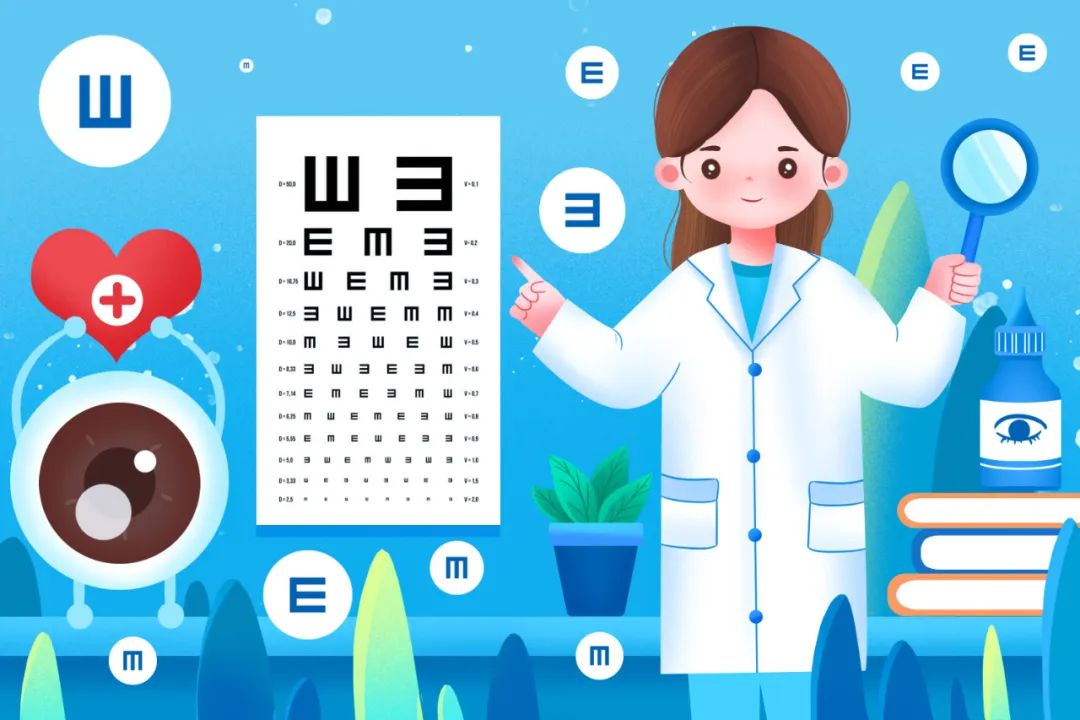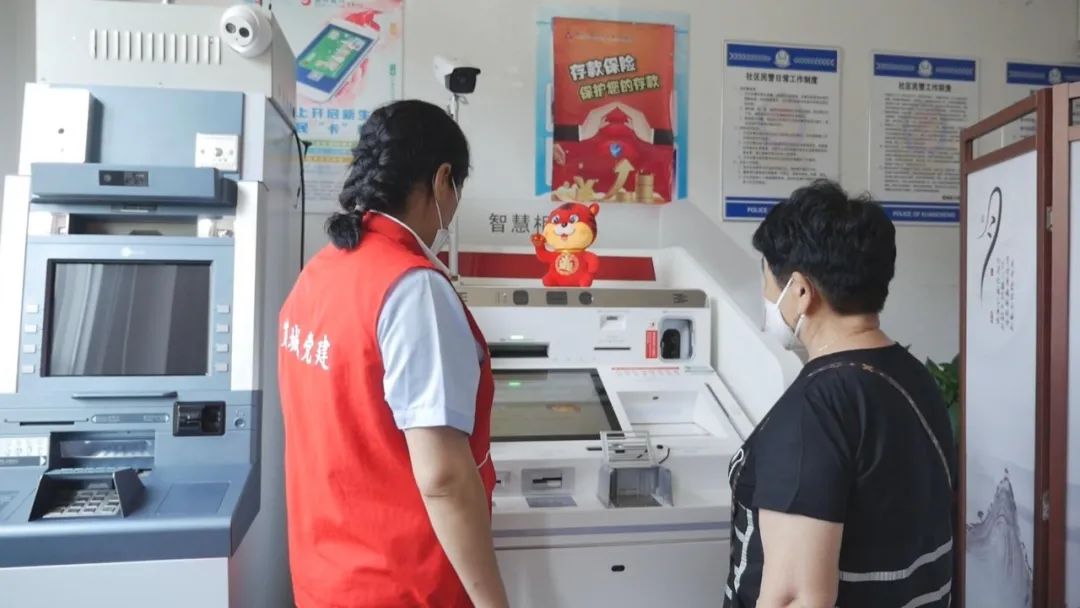Before you do myopia surgery, you need to understand these dry goods
Author:China Centers for Disease Cont Time:2022.07.16
After the college entrance examination, some students want to do myopia surgery during the summer vacation to turn on college time without glasses, but they also have concerns. For example, what are the requirements for myopia surgery? After myopia surgery, will the degree go back? After myopia surgery, is it easy to suffer from dry eye? What are the precautions before and after myopia surgery? I hope this article can make everyone gain.

A few categories are mainly divided into myopia correction surgery
★ Corneal refractive surgery
The current commonly used method is to use laser technology ablation corneal tissue to change its form to achieve the purpose of correcting refractive incorrectness. According to different ablation sites, it is divided into surface surgery and plate -layer surgery. Surgical surgery is the surgery that acts on the anterior elastic layer and the matrix layer of the cornea. It refers to the integrated epithelial standard laser refractive corneal (T-PRK) and the integrated laser epithelial flap that can complete the surgery of surgery. Corneal grinding (Lasek) and specimen laser refractive corneal corneal (PRK) and other surgery (PRK); plate -layer surgery is surgery acting on the corneal matrix layer, which refers to Substitute, including femtosecond laser assistance, standard molecular laser original corneal cornea (FS-LASIK) and femtosecond laser small incision matrix lens extraction (SMILE) and other surgery.
★ Eye refractive surgery
The operation is an artificial lens with different refractives in the eyes to achieve the purpose of correcting refractive incorrect. At present, clinical use of back -room artificial crystal implant (ICL) and crystal removal of crystal eye with crystal eye are used.
★ Grummeter refractive surgery
This surgery includes postplane reinforcement, scleral dilatation, and scleral cross -sectors currently in pre -clinical research.
Who is suitable for myopia correction surgery
Patients for myopia correction surgery are adults with demand for mirroring, such as enrollment needs, special occupations (police, pilots, athletes, etc.), and people who are more convenient for beauty or life.
The indication of the refractive surgery is as follows:
1. The patient has a desire to pick the mirror and has a reasonable expectation of the surgical effect.
2. Patients with myopia and astigmatism at the age of 18 and above; on the basis of fully understanding before surgery, the patient and their families must sign the informed consent.
3. The refractive state is relatively stable (the number of myopian refractives does not exceed 0.50D each year) time ≥ 2 years.
4. Kittering: Corneal refractive surgery is not more than -12.00D, scattered no more than 6.00D, and no more than+6.00D. -10.00D above high myopia can give priority to the rear room artificial crystal implantation surgery with crystal eyes (specifically depending on different techniques).
5. There is no obvious cloud or spotted cornea; the corneal terrain diagram is normally checked, and there is no conical cornea tendency.
6. No other eye disease or systemic degeneration of surgery recovery.
7. For back -room artificial crystal implantation surgery with crystal eyes, the corneal endothelial cell count is ≥2000/square millimeter, and the cell shape is stable; the depth of the front room is ≥2.80 mm.
It should be noted that myopia surgery can only play the role of refractive correction, achieve the purpose of taking off the glasses. It can also be understood as a corneal or eye in the eyes, not to treat myopia and control myopia development. The role, that is, the so -called "cure for the standard", so young people still need to pay attention to eye protection even after surgery to prevent myopia from developing.
Is it easy to suffer from dry eye after myopia?
Generally, there are symptoms of dry eye after myopia surgery, but most of them will gradually recover from 1 to 3 months after surgery. The normal eye surface has a layer of tear film coverage. The tear film can maintain the normal lubrication state of the eye surface. If the tear membrane is unstable, it will cause discomfort such as the burning sensation and dryness of the eyes.
The cause of dry eyes after surgery is mostly due to the operation of the operation of some corneal nerve fibers during the operation, causing postoperative corneal perception or nutritional disorders, resulting in a decrease in the stability of the tear membrane, which causes dry eyes. The incidence of dry eyes after surgery is not the same. Generally speaking, the smaller the surgical incision, the relatively low probability of the incidence of dry eyes after surgery, and the relatively short duration.
Usually dry eyes will have symptoms 1 to 2 weeks after surgery, and the symptoms of 1 to 3 months after surgery are gradually relieved. Some patients with dry eyes, long -term corneal contact mirrors, long -term and close -range patients with high myopia patients Later, it may last for a long time, even 6 months or more after surgery. Therefore, patients with mild and moderate dry eyes are recommended to be fully nursing treatment. It is advisable to surgery after the symptoms are relieved. After surgery, artificial tears will be used to improve symptoms. In the early days of surgery, you need to avoid eye fatigue with your eyes close to your eyes, control the time of watching electronic products, pay attention to using eye hygiene, avoid blowing the eyes directly, and maintain a suitable temperature and humidity in the daily environment. Waiting for measures to facilitate the recovery of dry eyes.
After the operation, will the degree go back?
After myopia surgery, the vision may rebound. Clinically, referred to as reflection, refers to the reducing vision after surgery, and myopia appears again after optometry. Generally occur after patients with high myopia.
There are two main reasons for this situation: first, due to the reshaping of the cornea, it can also be understood as the corneal healing ability is too strong, which has formed this performance. If this situation occurs early after surgery, we can give the drug appropriately for intervention, which can generally play an effective role. Second, the state of myopia itself is unstable, especially patients with high myopia, myopia is constantly developing, and the axis continues to grow. Therefore, after performing surgery, such patients must pay attention to using eye habits to avoid excessive eyes, such as watching mobile phones, computers or close reading for a long time to prevent the progress of myopia. If the refractive retreat appears, you can also consider performing secondary surgical treatment if you meet the conditions, or wear frame glasses, cornea contact mirrors. In order to avoid this situation, it is very important to maintain a long -term satisfaction and stable effect of long -term satisfaction after surgery. If you can take proper care, the large sample volume data after 5-10 years of clinical surgery shows that the stability and safety of myopia surgery are very good, and the proportion of refractive refusal is relatively reduced.
What are the precautions for myopia surgery
★ Before surgery
Inspection time: Generally a full set of surgery, generally requires 2 to 3 hours (except for peak periods), including pupils. Because the inspection may have an impact on the work of close -up use on the day of the inspection, it is recommended to arrange work in advance for inspection.
Cisection lens stopped time: soft spherical mirror (without astigmatism), it is recommended to stop wearing for 7-10 days; soft astigmatism and hard contact lens (RGP), it is recommended to stop wearing for more than 3 weeks; corneal shaping mirror (OK mirror (OK mirror ), It is recommended to stop wearing more than 3 months.
Special circumstances: changes in hormone levels in patients with pregnancy and lactation will affect the effects and stability of the postoperative operation, and medication during perioperative surgery may affect pregnancy and breastfeeding. Therefore, surgery is not recommended during pregnancy and lactation. Diseases such as systemic connective tissue diseases, autoimmune diseases, inflammatory diseases, dry scholarships such as endocrine diseases, allergic constitutional sensitivity periods, immune function defects, and tumor treatment are not recommended. Diabetes and scar are not recommended for surface surgery. Surgery is not recommended when there are mental state fluctuations, anxiety and depression, etc.
★ After surgery
After different corneal refractive surgery, the patient feels different. Overall, different degrees of eye stimulation symptoms can occur after surgery, usually 2 to 6 hours to relieve. Flying laser incision matrix lens has the lightest response after surgery, and femtosecond laser assistance is second. Essence
You cannot rub your eyes within one week after surgery to avoid trauma. In order to prevent accidentally rubbing your eyes at night, it is recommended to wear an eye mask to sleep, and keep sleeping in a flat position to prevent the eye mask from injury to the eye.
Try to use eyes as little as possible within one week after surgery, especially with eye -catching eyes. After 2 weeks, you can use your eyes normally and reasonably, but you should also avoid long -term fatigue. It is recommended to take a break for 30 minutes. The eyes are fully resting to avoid refracting and returning.
Avoid water in the eyes within one week after surgery, especially to avoid irritating liquids such as unclean water, facial cleanser and shampoo. It is recommended to wash your face gently with a wet towel.
Avoid spicy stimulation within one month after surgery, while avoiding smoking and drinking, so as not to cause eye congestion and affect tissue repair.
You cannot make up within one month after surgery, especially the thick makeup on the eyes, including eye shadow and eyeliner, mascara, and sticky eyelashes. In addition to the stimulation of the eye for cosmetics itself, makeup remover and facial cleanser also cause irritation to the eyes.
You can exercise appropriately in 2 weeks after surgery, such as fast walking, running, etc., and it is not recommended to perform strong combat exercise within 1 month, such as playing football, playing basketball, playing badminton, etc. After swimming, diving and other campaigns.
Eye trauma, sharp decline in vision, significant increase in secretions, etc., please go to the hospital for a review immediately.
The surgery is just taking off the glasses, and the fundus changes related to myopia still exist, and it still needs to attract enough attention. It is recommended to regularly review the bottom of the eye every year after surgery to avoid myopia related to the bottom complications (retinal degeneration, crack holes, retinal detachment, etc.).
High myopia is also a high -risk factor for angular glaucoma. It is recommended to monitor intraocular pressure during postoperative review. At the same time, it is necessary to avoid the pathological bottom changes of high myopia and cause visual losses.
(Source: Healthy China)
- END -
Jilin: Promote the governance of the grassroots governance small community to protect the people's happiness

The above thousand lines, a needle below. Community is a key part of grass -roots ...
China-Pakistan "Ocean Guard-2" Maritime Coalition Co-Anti-Submarine and Air Defense Anti-Director

Playing the soldiers Donghai, brother and peace with the peace——Sonabol Ocean Gu...